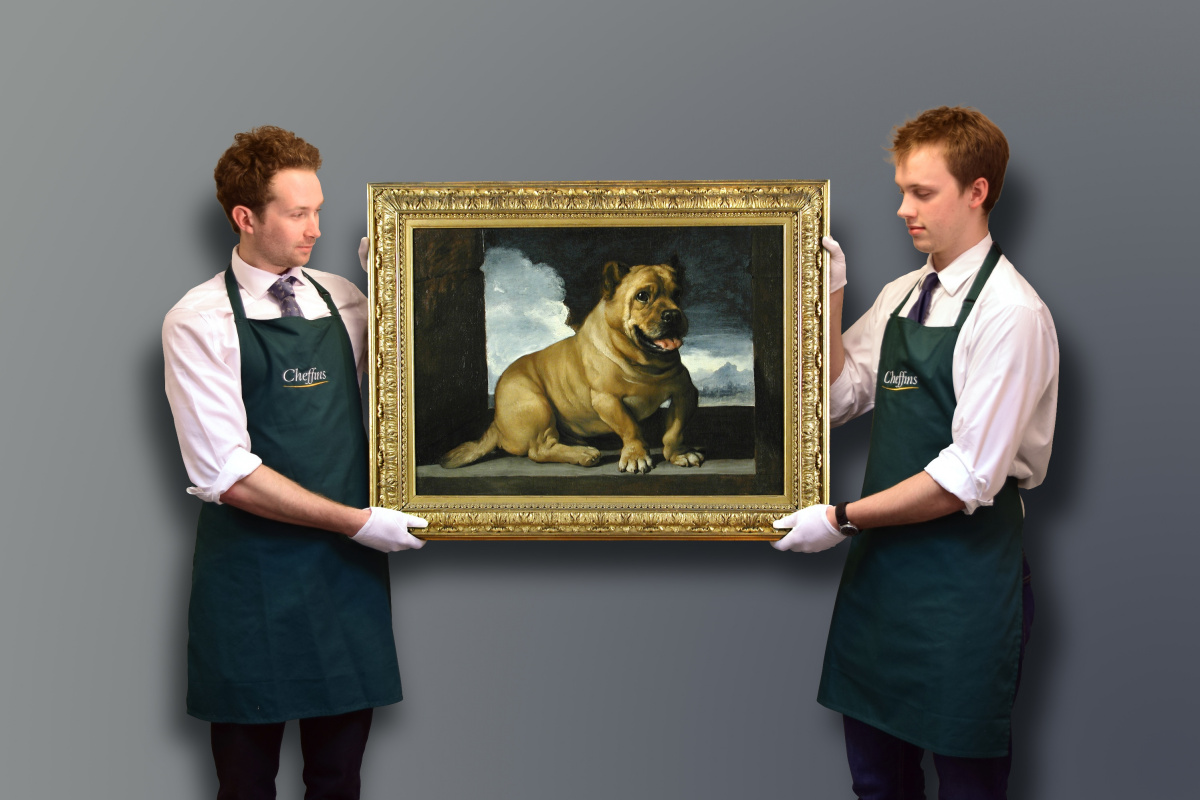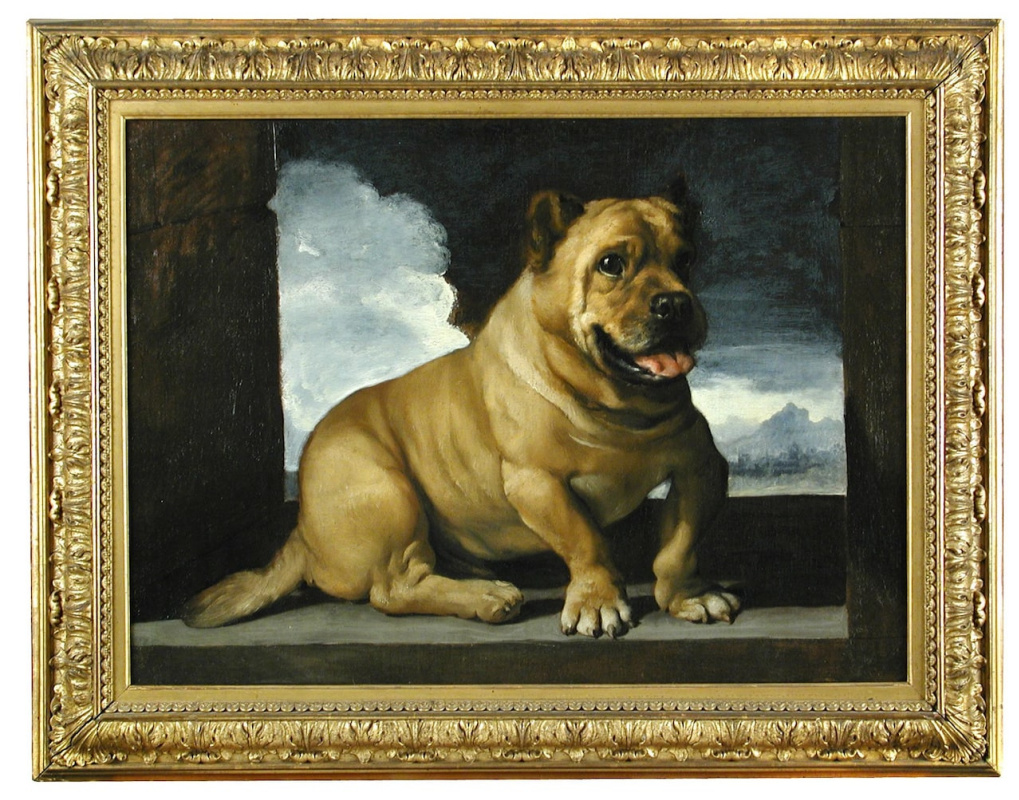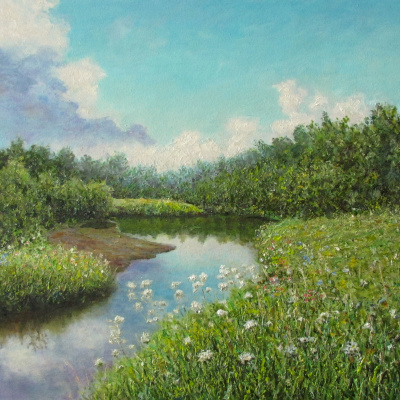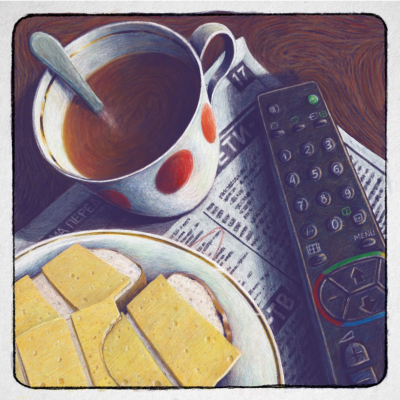
The owners of a rare painting had no idea of the author until Cheffins auctioneers from Cambridge started their expertize.
Great-grandfather of the owner brought the picture back in 1850 from Rome, and it has been kept in a Suffolk country house for the past 167 years. Unknown to scholars, the painting was a sensational discovery for Cheffins auctioneers. They called in their Old Master paintings consultant, John Somerville, a former specialist at Sotheby’s, and he recognized the painting as ‘Bolognese School' Baroque. Dr. Nicholas Turner, the leading authority on the artist’s work, endorsed the authorship to Il Guercino and the same opinion shared the Italian Art Historian, Dr. Francesco Petrucci, who has already requested the painting for his forthcoming exhibition "Cani in Posa" in Turin in 2018.
To identify the breed, experts from both the Kennel Club of Great Britain and its Italian counterpart, the Ente Nazionale della Cinofilia Italiana, were gathered. They all agree that the robust physique and head of the dog define the animal as a Cane Corso, which was the progenitor of today’s Italian Mastiff. As an ancient breed these dogs were praised by the Romans for their courage, nobility and strength and are still used for hunting or as guard dogs today.
The attribution of the painting was not an easy process for art historians as they knew the only one other surviving dog portrait by the artist. It is the famous ‘Portrait of the Aldrovandi Dog' which hangs in the Norton Simon Museum in Pasadena, California, USA.
That painting depicts a brindle mastiff with the Aldrovandi family coat of arms on its collar and perhaps immortalizes the prized or favorite possession of Count Filippo Aldrovandi. The canvas was bought by the museum in 1972 for the then princely sum of £110,000.
Newly discovered work attributed to Il Guercino is anticipated to hit auction block with Cheffins in Cambridge, having an estimate of no less than £80,000−120,000.
Guercino was remarkable for the extreme rapidity of his working process. He completed no fewer than 106 large altarpieces for churches, and 144 other paintings. He was also a prolific draftsman. His oeuvre includes many drawings, usually in ink, washed ink, or red chalk.
Major works by Il Guercino do not become available very often at auctions. The artist’s record stands at £5.19m for his painting 'King David' sold at Christie’s sale in London in July 2010.
Dr. Nicholas Turner comments: "The personality of the Cheffins dog is so beautifully observed and conveyed, it is tempting to suggest that it was the artist’s own animal, but even if not, then one which he admired, bonded with and indeed very evidently loved. With this in mind, this animal is even more of a ‘portrait' than the Aldrovandi hunting dog."
















